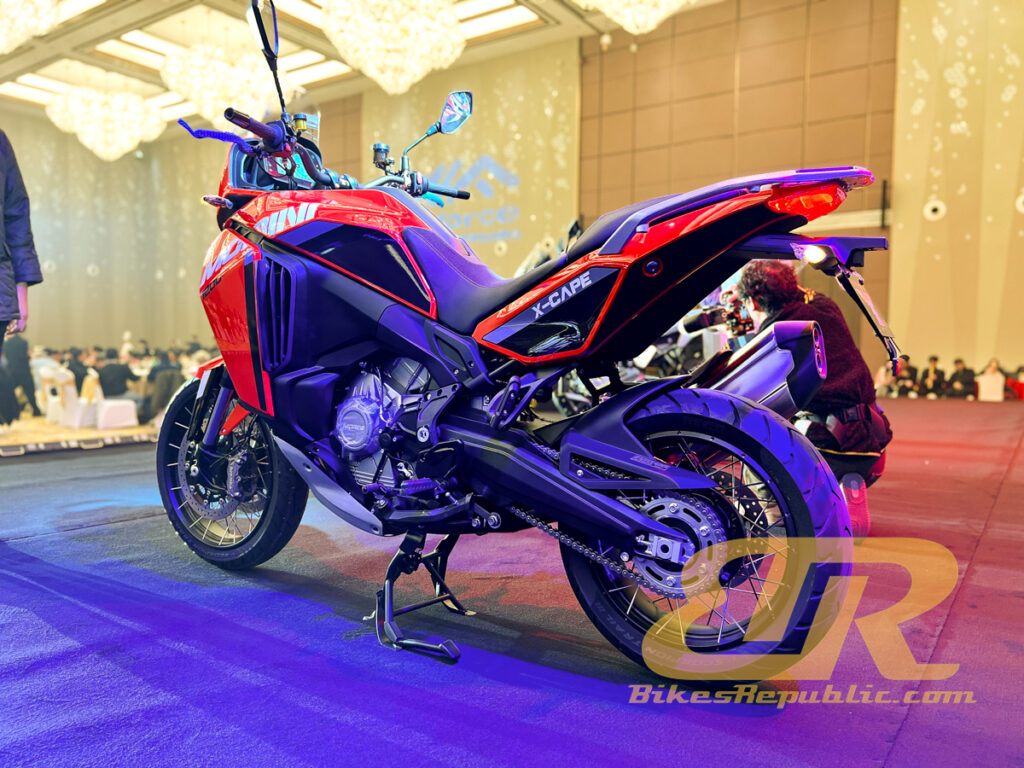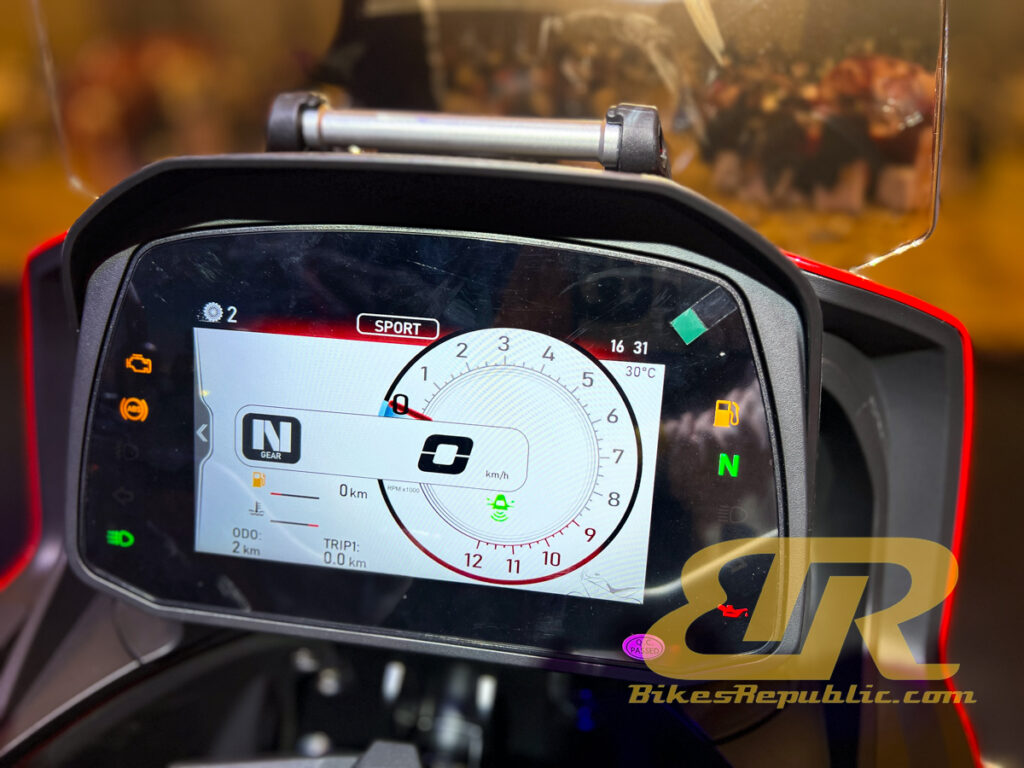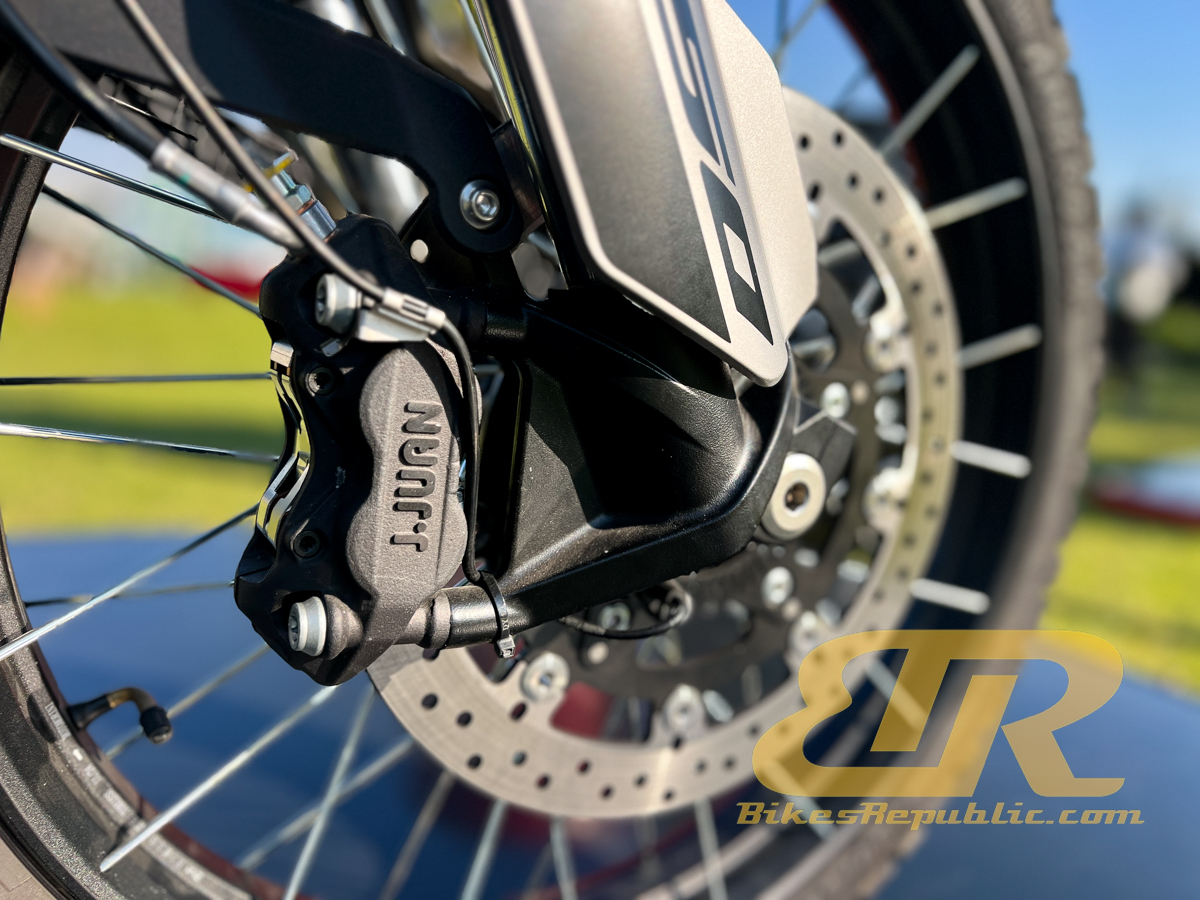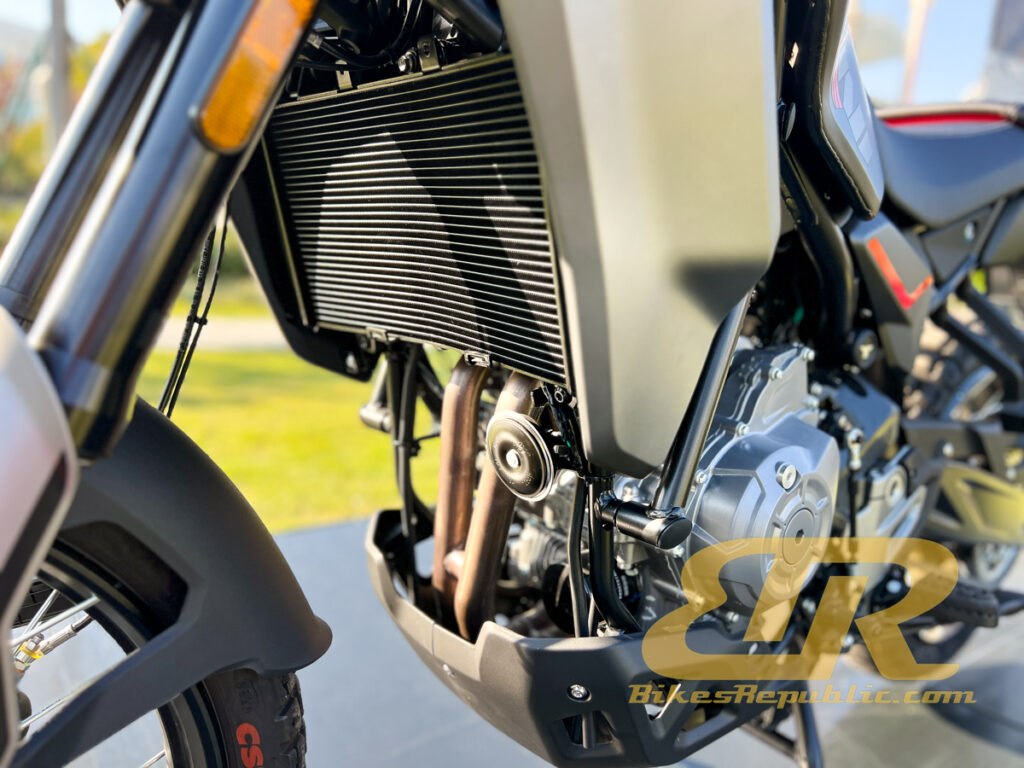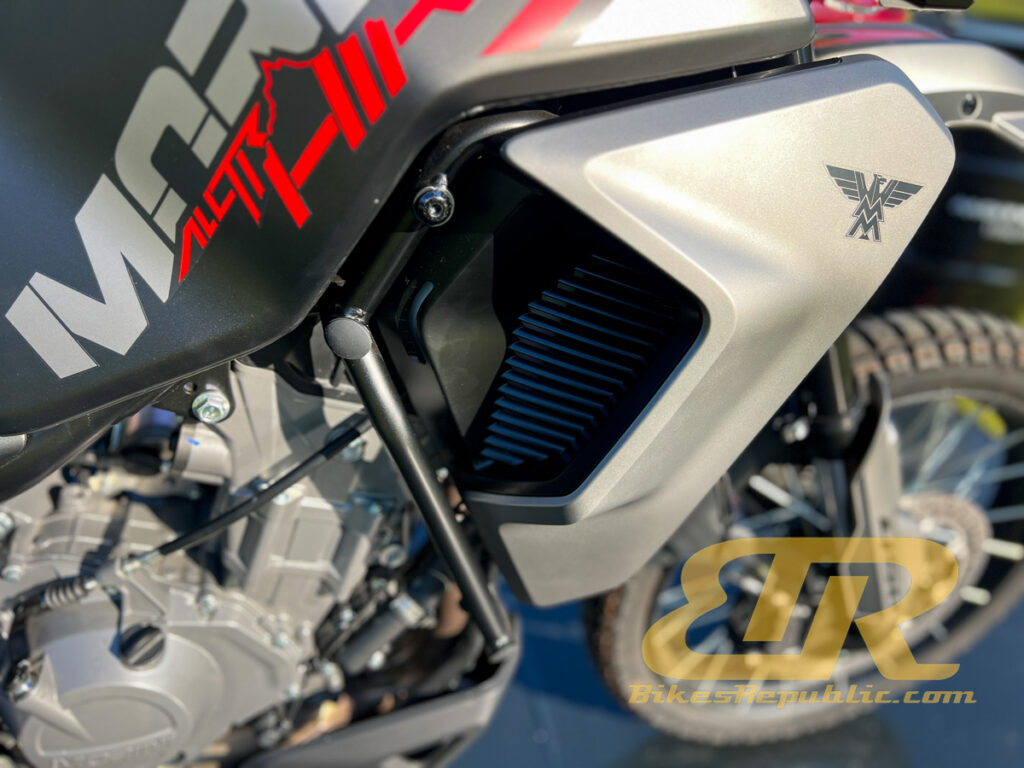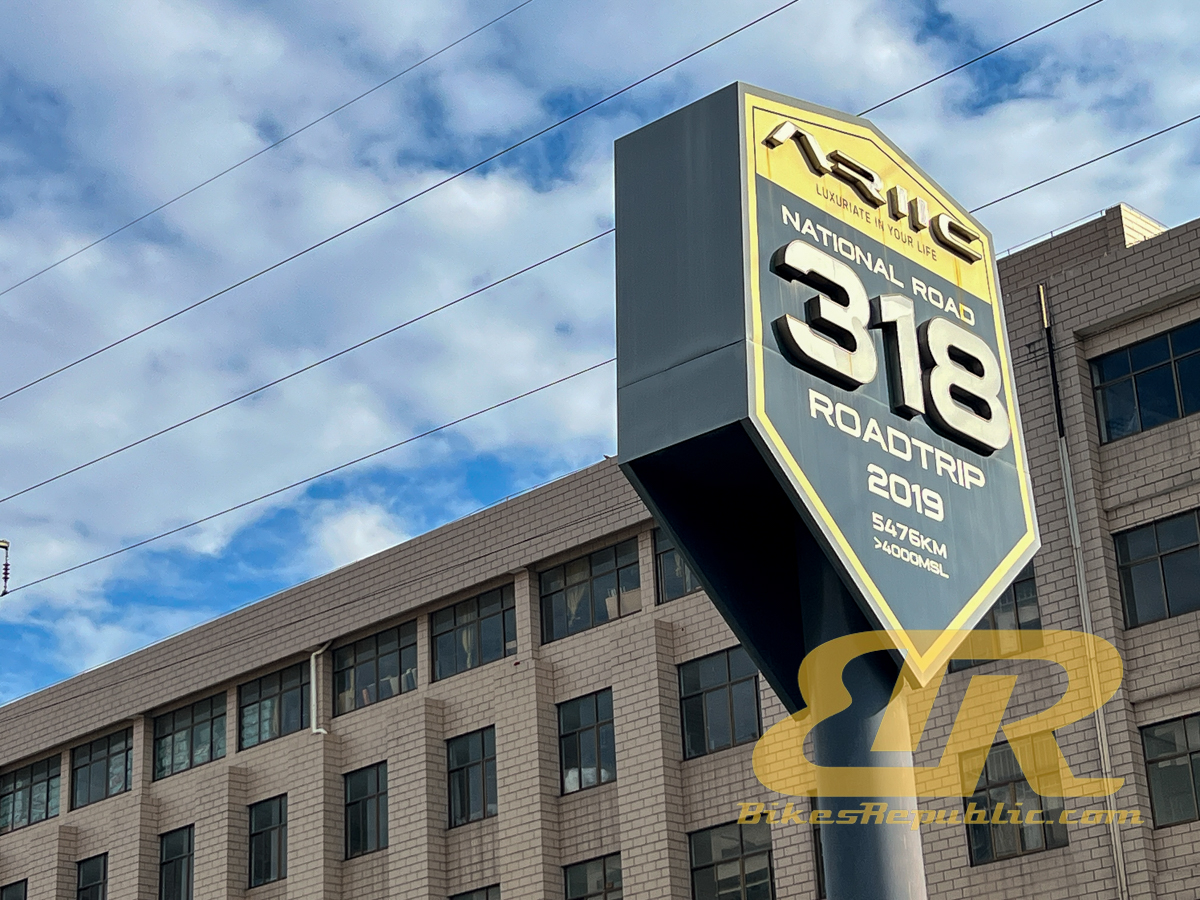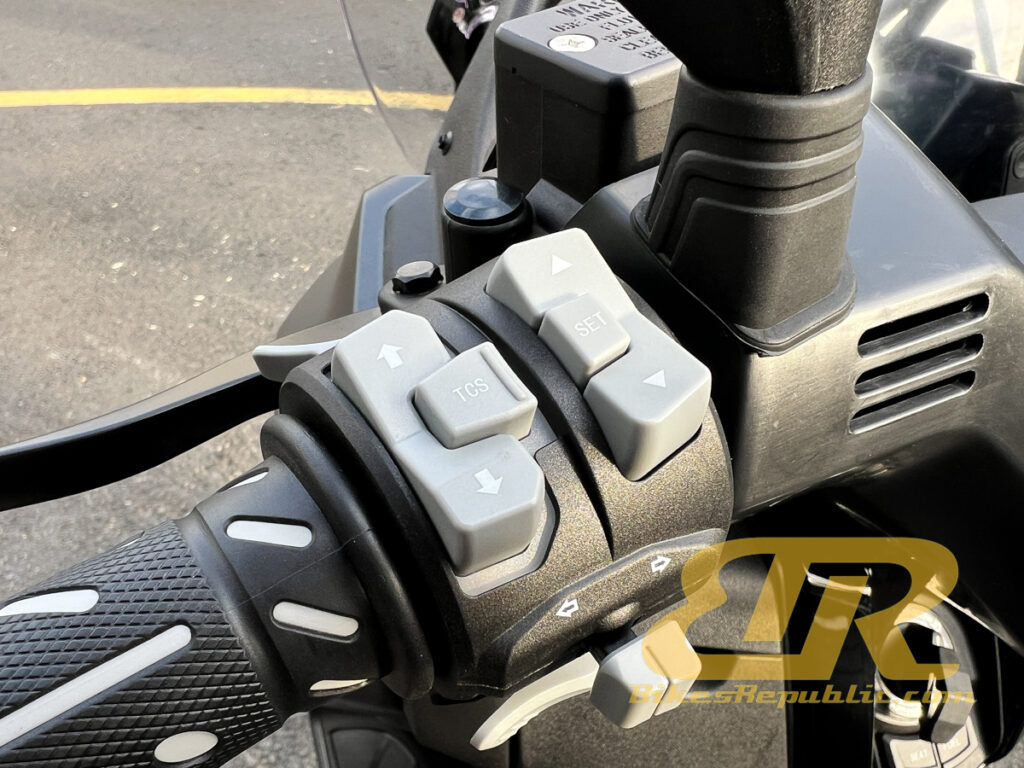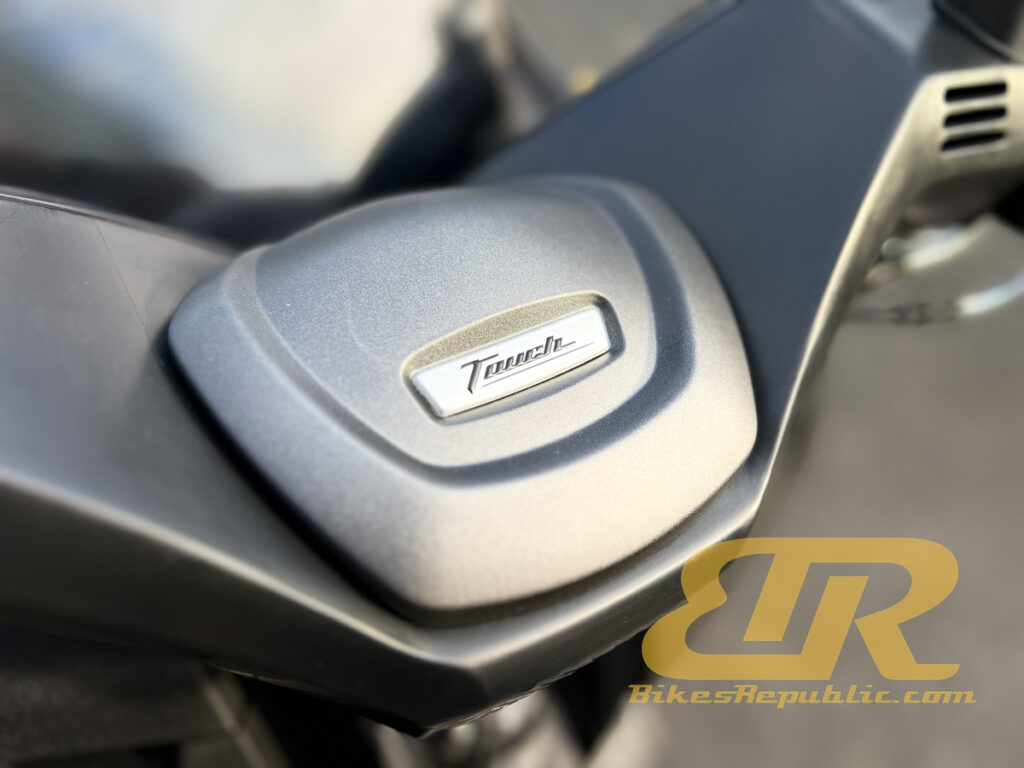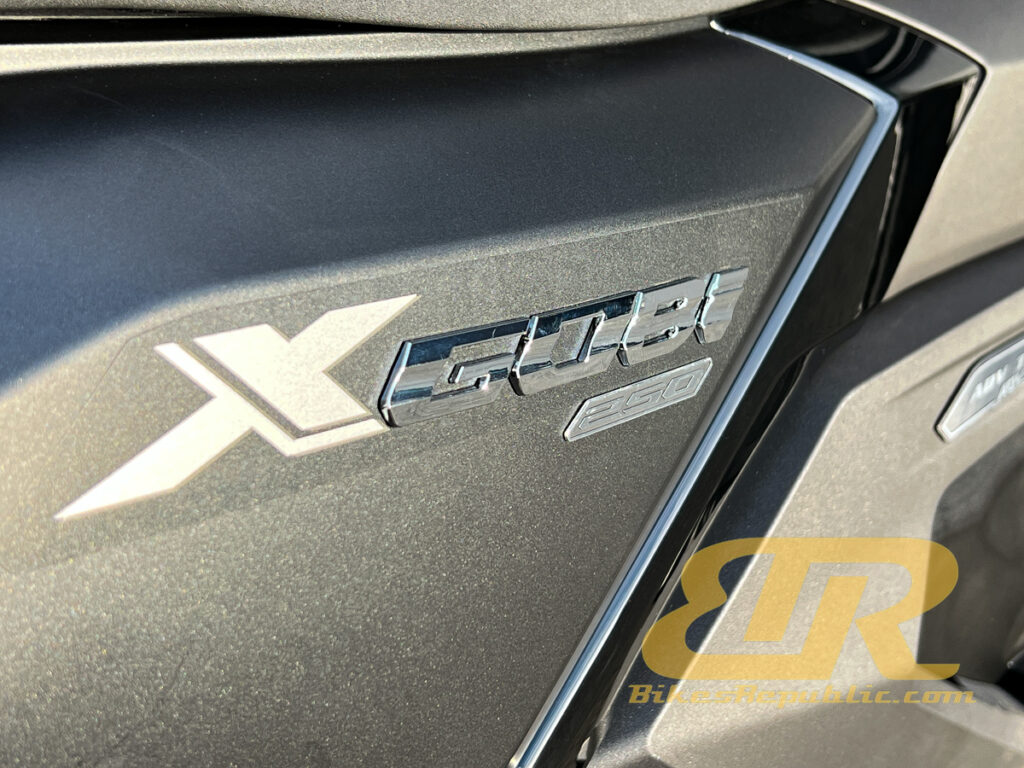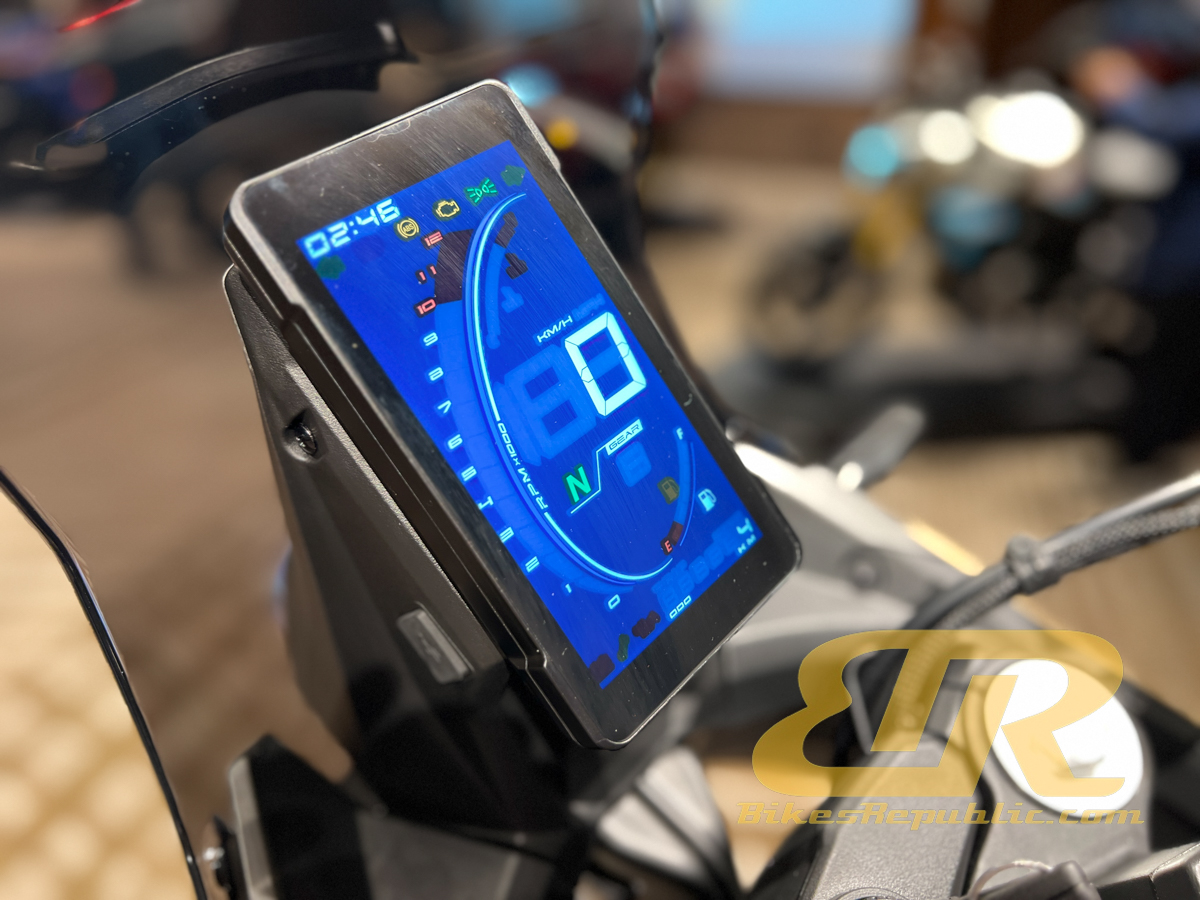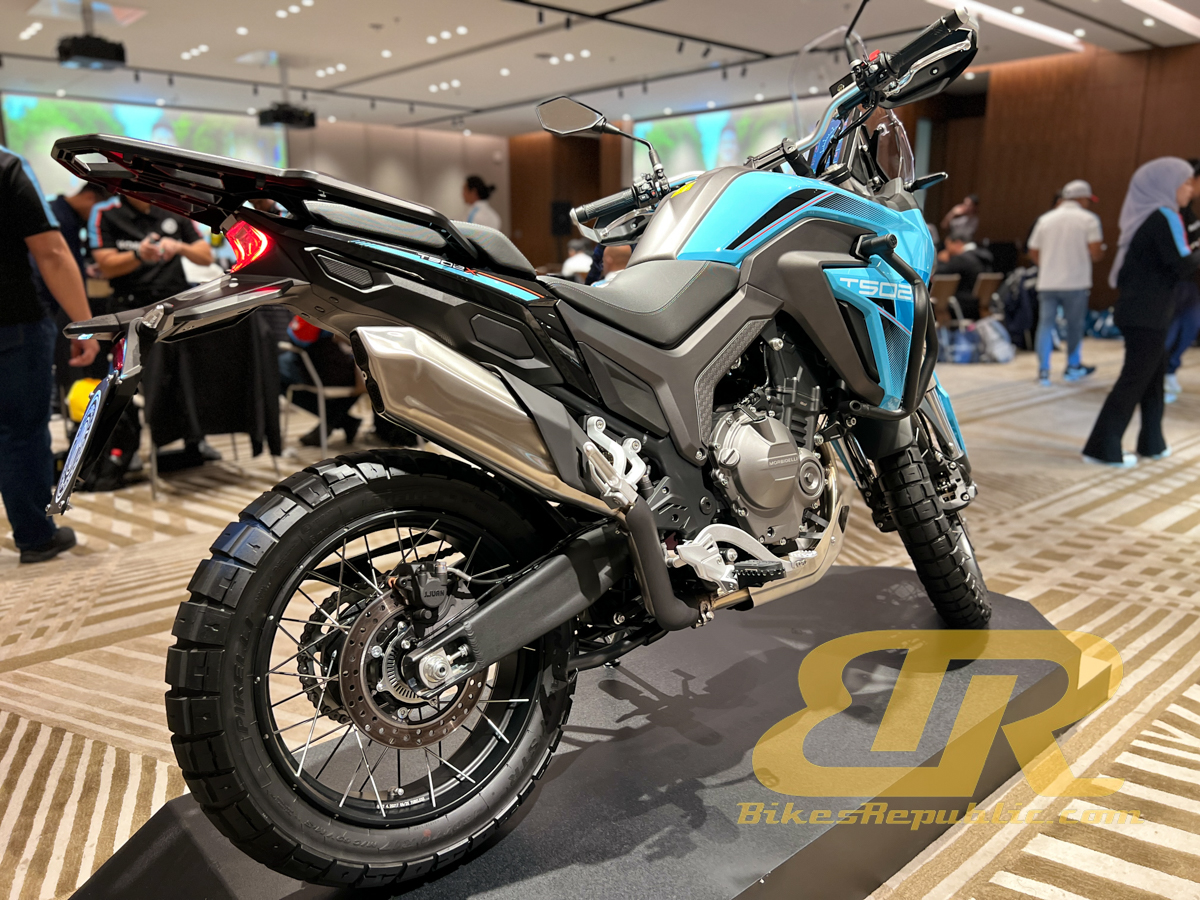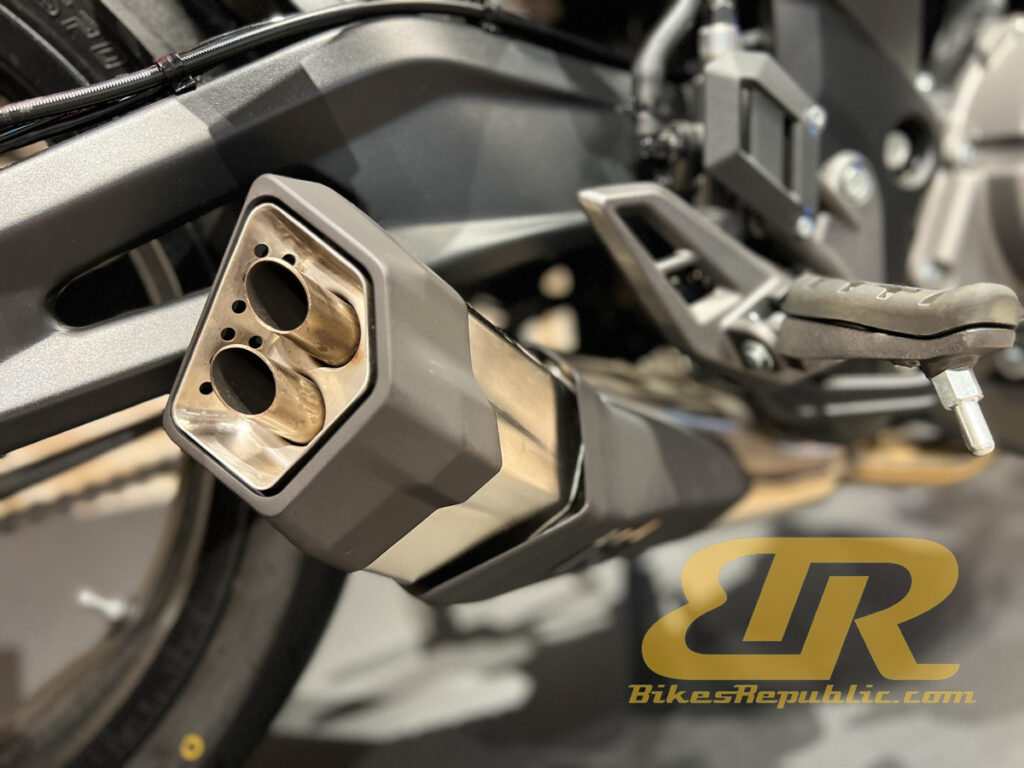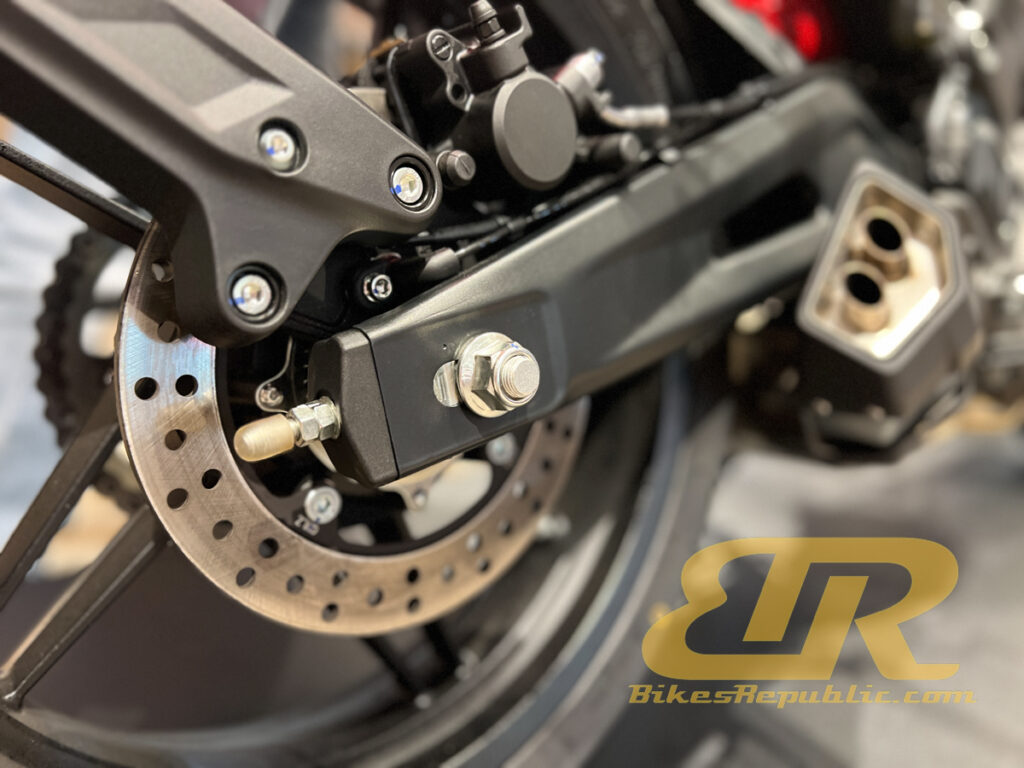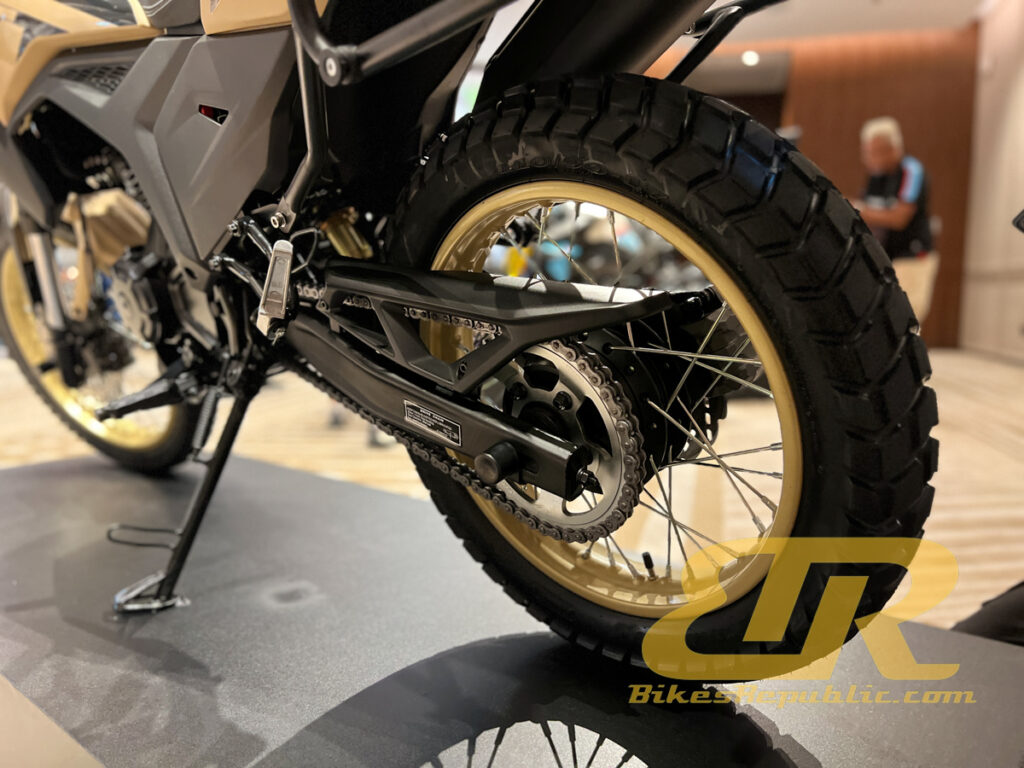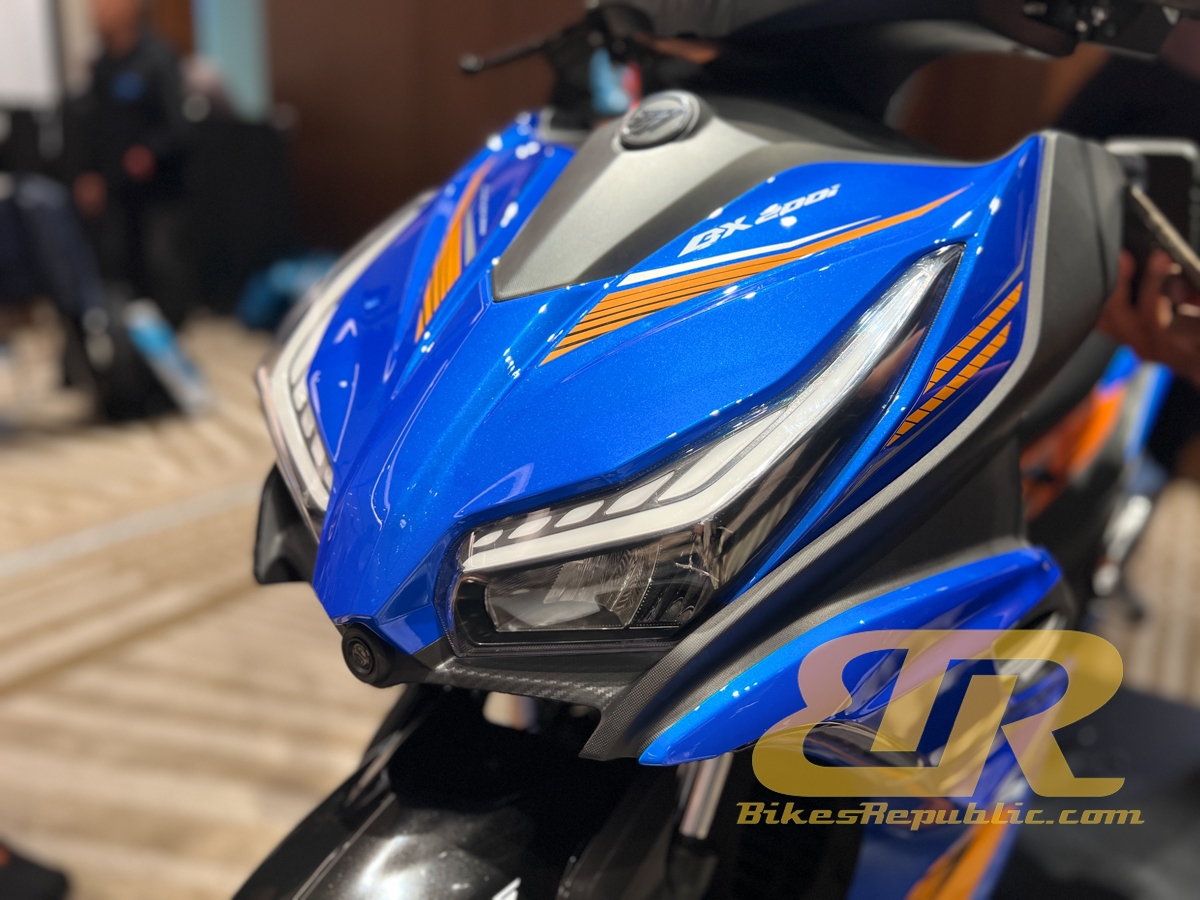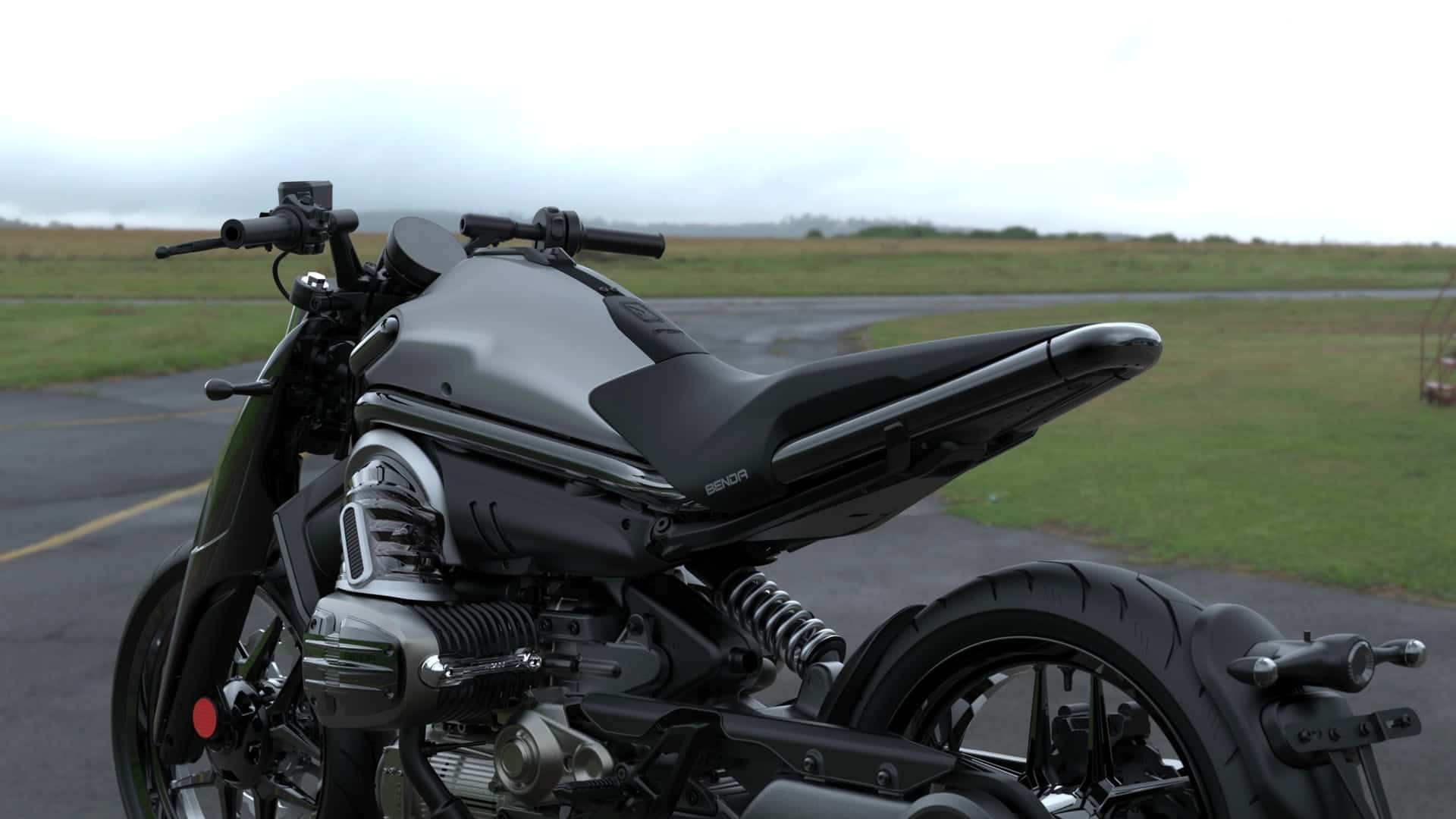Riding a motorcycle elicits many emotions, and one of them is like flying almost in a pure sense since we are enclosed in a cage. Therefore, we have always wondered by motorcycles do not have Head Up Displays (HUD) like in a fighter jet. The Shoei GT-Air 3 Smart Helmet with HUD has just been introduced for that.
The HUD in fighter jets, some commercial airliners, (and expensive cars) project important information such as heading, speed, altitude, bank angle onto a piece of glass to keeps the pilot’s eyes up through the front of the plane without needing to look down and search for the data all the time.
This may be a great thing for motorcyclists, too, especially when riding on a twisty road or hurtling down a highway. We do not take this lightly, especially that contemporary motorcycles, even small capacity ones now feature LCD and TFT screens that are loaded with so many features such as navigation, music streaming, and phone connectivity. Imagine glancing down to see who is calling when approaching a ravine or road intersection.
However, the human eyes can only focus on objects that are either near or far at any one time, rather than both, thus there is concern whether the data displayed via HUD in a helmet could also prove to be distracting. A picture releasd by Shoei shows that data is superimposed in “far” distance, but we can only be sure if we tried the helmet. Indeed, Shoei’s collaborator in the project, EyeLights, claimed that their technology increases reaction time by up to 32 percent.
There have been many helmets that promise such a technology in the past, including one infamous Skully. Shoei had also debuted another “smart” helmet several years ago, but it came with unwieldy attachments. This time, the Shoei GT-Air 3 Smart Helmet is more refined and appears similar to our regular everyday helmet.
The company unveiled the helmet at EICMA, incorporating EyeLights’ technology into one of its GT-Air 3 helmets. As such, the helmet is robust, comfortable, and meets both DOT and ECE 22.06 standards.
Within the technology is a communications system that allows you to issue voice commands (as is already possible on a number of comms systems) and make use of a ‘universal’ intercom system that is reportedly compatible with most other brands.
There is no word yet as to when the so-called GT-Air 3 Smart Helmet will go on sale, but when it does it will reportedly come with a price tag of €1,199 (RM5,713.00).















